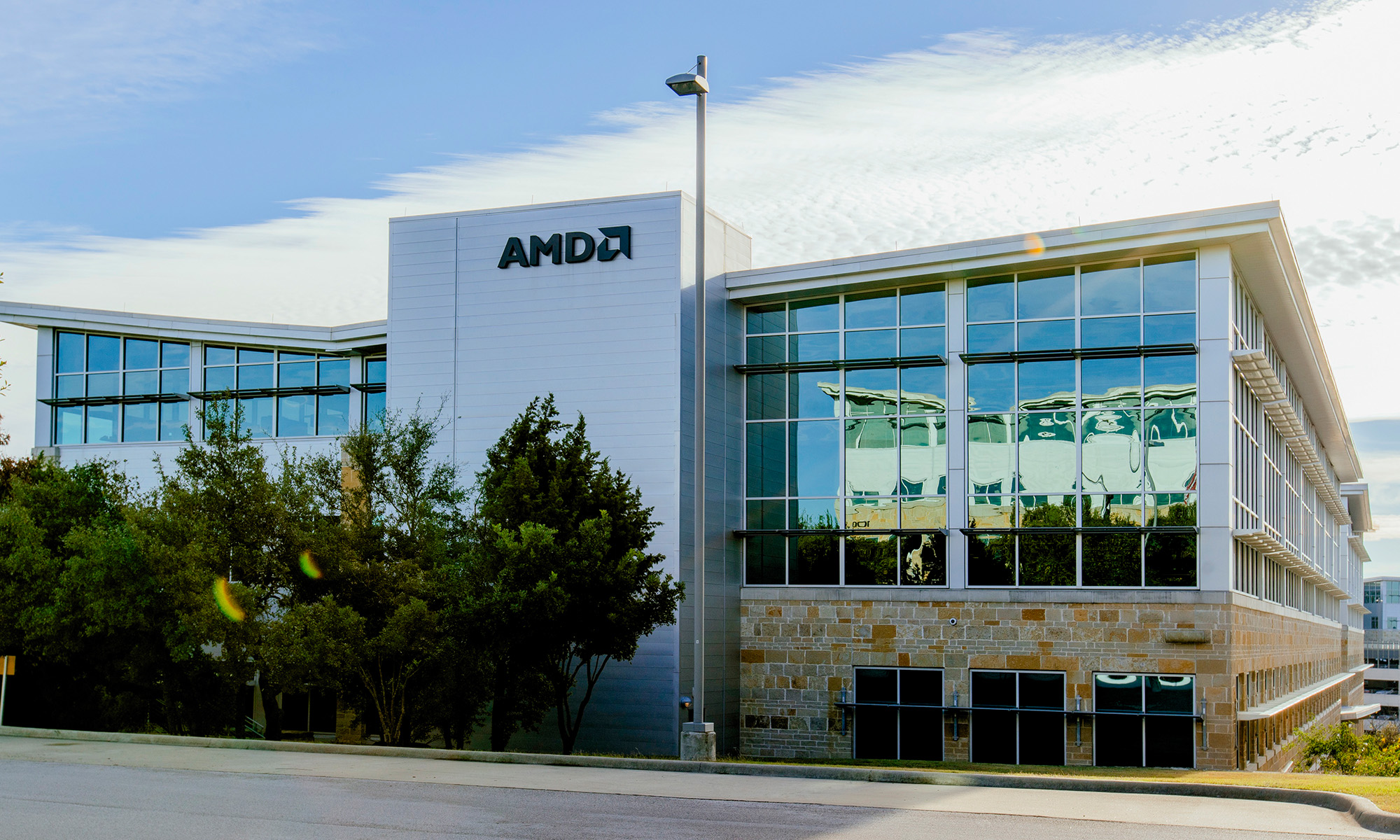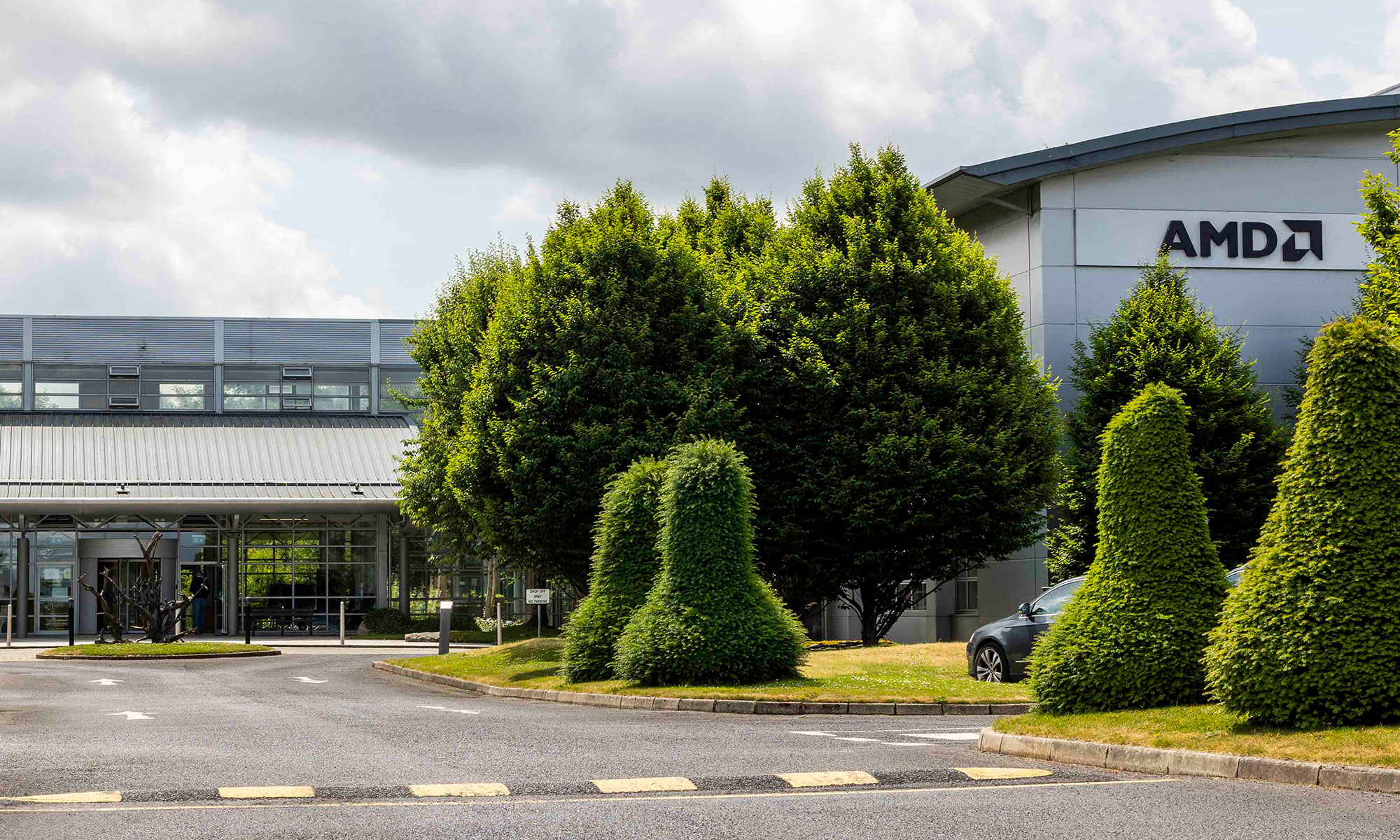Following a recent downgrade from Pacific Crest, shares of Advanced Micro Devices (AMD +1.79%) are down nearly 4% in Monday's trading session. This follows last Friday's nearly 6% slump on what seemed to be no news at the time. With this drop, AMD's shares have erased most of their yearly gains and are now up only 2.2% year to date, trailing the S&P 500, which is up 6.08% in that time. Can the company still deliver long-term gains despite this apparent setback?
Getting past the GPU situation
Right now, the key factor weighing on both AMD's and peer NVIDIA's (NVDA 0.29%) shares is the alleged weakness in the GPU market first reported by Digitimes and accentuated by today's downgrades.
According to the downgrade, Pacific Crest cites channel checks that suggest low GPU motherboard production levels and echo Digitimes' recent report that graphics card shipments slumped significantly in the current quarter.
From an investor's point of view, the key to watch for when it comes to both AMD and NVIDIA (though NVIDIA's shares are still outperforming the S&P 500 and the Nasdaq following its own slide) will be how this alleged GPU "correction" ultimately plays out in the financials when both companies report quarterly earnings in July and August, respectively.
What should AMD investors do?
From a long-term perspective, the discrete GPU market is one of AMD's most important businesses, particularly as AMD's products are still quite competitive there, and the IP developed for this business is very widely leveraged in semi-custom and even in PC processors.
With that in mind, there are two parts to the AMD discrete GPU story:
- Can AMD gain share? At various conferences, AMD's management has been quite bullish about gaining GPU share in both consumer and professional. If the company is able to do so, then this could partially offset any broad market weakness.
- Is the market really weak, or just waiting for new GPUs? Even if there is demand weakness for current parts, it may simply be the case that gamers are waiting for next-generation architectures. The current high-end designs from both AMD and NVIDIA are still fundamentally based on 2+ year old architectures, so a refresh in those products later this year could rekindle demand.
Now, it is difficult to tell whether AMD will gain share in GPUs, and it is even more difficult to know whether this demand lull is real -- and what is really driving it (there are multiple explanations; a popular one is that with custom ASICs for Bitcoin miners becoming popular, GPU demand is waning).
That said, a long-term bet on AMD is a bet at least partially on both the long-term health and competitiveness of AMD's GPU business.
Foolish bottom line
AMD's volatility may be gut-wrenching, but it typically comes with the highly shorted, small-cap tech stock territory. Until the quarterly results are in, investors have no way of knowing what the "real" story is. However, if you are a long-term investor in AMD, the things that matter are the long-term trends. Is the discrete GPU market set to grow? Is AMD's share set to be stable to up? Can AMD win more lucrative semi-custom contracts?
The answers to all of these questions should ultimately factor into your long-term position, and a single news item or even quarterly report shouldn't be enough to sway your decision either way.






